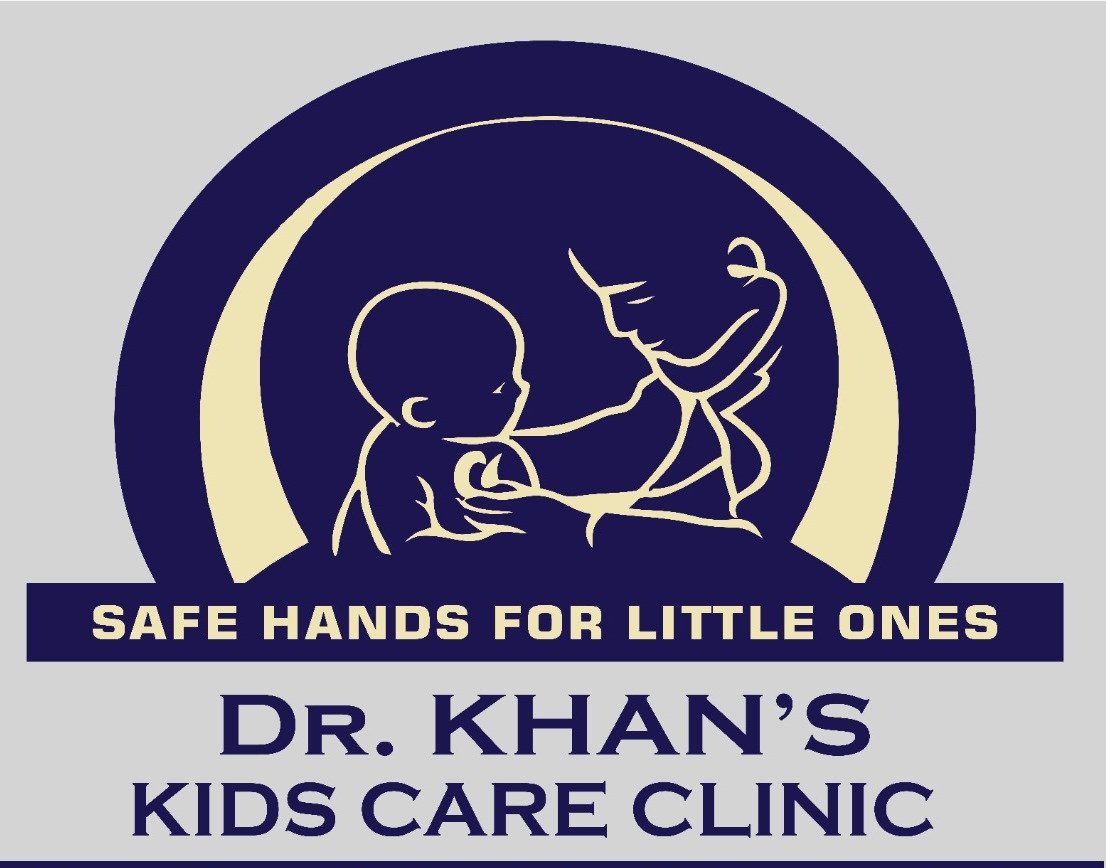+918048070356

This is your website preview.
Currently it only shows your basic business info. Start adding relevant business details such as description, images and products or services to gain your customers attention by using Boost 360 android app / iOS App / web portal.
Description
🫁 Assessment & Management of Respiratory Illness Respiratory illnesses range from mild upper respiratory tract infections (URTIs) to severe lower respiratory tract infections (LRTIs) like pneumonia, bronchiolitis, or asthma exacerbation. 🔍 1. ASSESSMENT ✅ History: Onset and duration of symptoms Type of cough: dry, wet, barking, or paroxysmal Fever, feeding difficulties, lethargy Breathing difficulties: noisy breathing, stridor, wheezing Triggers or known allergies/asthma Exposure to sick contacts or smokers ✅ Examination: Respiratory rate (age-based norms) Use of accessory muscles, nasal flaring, grunting Chest indrawing or retractions Auscultation: wheeze, crackles, decreased air entry SpO₂ (oxygen saturation) on room air General appearance: alertness, cyanosis, hydration 📋 WHO IMCI Danger Signs (Pediatric Focus): Inability to drink/breastfeed Lethargy or unconsciousness Convulsions Severe respiratory distress (e.g., chest indrawing, cyanosis) 🔬 2. CLASSIFICATION (Examples of Common Respiratory Illnesses) Illness Common Features Severity URTI (cold, pharyngitis) Runny nose, mild cough, fever Mild Croup Barking cough, inspiratory stridor Mild–severe Bronchiolitis <2 yrs, wheeze, crackles, respiratory distress Moderate–severe Pneumonia Fever, fast breathing, chest indrawing Mild to severe Asthma Recurrent wheeze, triggers, improves with bronchodilator Variable Pertussis Paroxysmal cough, post-tussive vomiting Moderate–severe 💊 3. MANAGEMENT 🟢 General Supportive Care (For Most Viral Illnesses): Antipyretics (paracetamol) Nasal saline drops/suction Adequate hydration Monitor feeding and oxygenation 🔴 When to Hospitalize: SpO₂ < 92% Moderate to severe respiratory distress Inability to feed or drink Cyanosis or altered sensorium High-risk infants (preterm, cardiac disease, immunodeficiency) 📦 Specific Management Based on Diagnosis 🔹 Bronchiolitis (Viral, infants): Supportive care only No antibiotics, bronchodilators, or steroids unless trialed and helpful Oxygen if SpO₂ < 92% 🔹 Pneumonia: Oral antibiotics (amoxicillin first-line) for mild cases IV antibiotics (ampicillin + gentamicin or ceftriaxone) for severe Oxygen, fluids, monitor closely 🔹 Asthma Exacerbation: Salbutamol via MDI + spacer or nebulizer Oral corticosteroids (e.g., prednisolone) Oxygen if needed Escalate to IV therapy or ICU if poor response 🔹 Croup: Mild: Dexamethasone (oral) Moderate–severe: Nebulized adrenaline + dexamethasone 🛑 Prevention Tips: Exclusive breastfeeding for 6 months Avoid tobacco smoke exposure Ensure routine immunizations (including Hib, pneumococcus, influenza) Handwashing and infection control Address malnutrition and anemia

